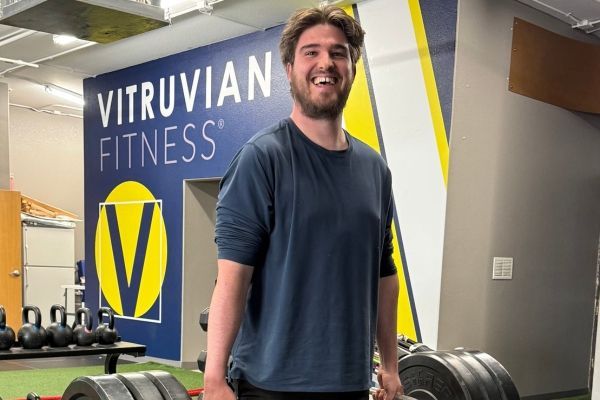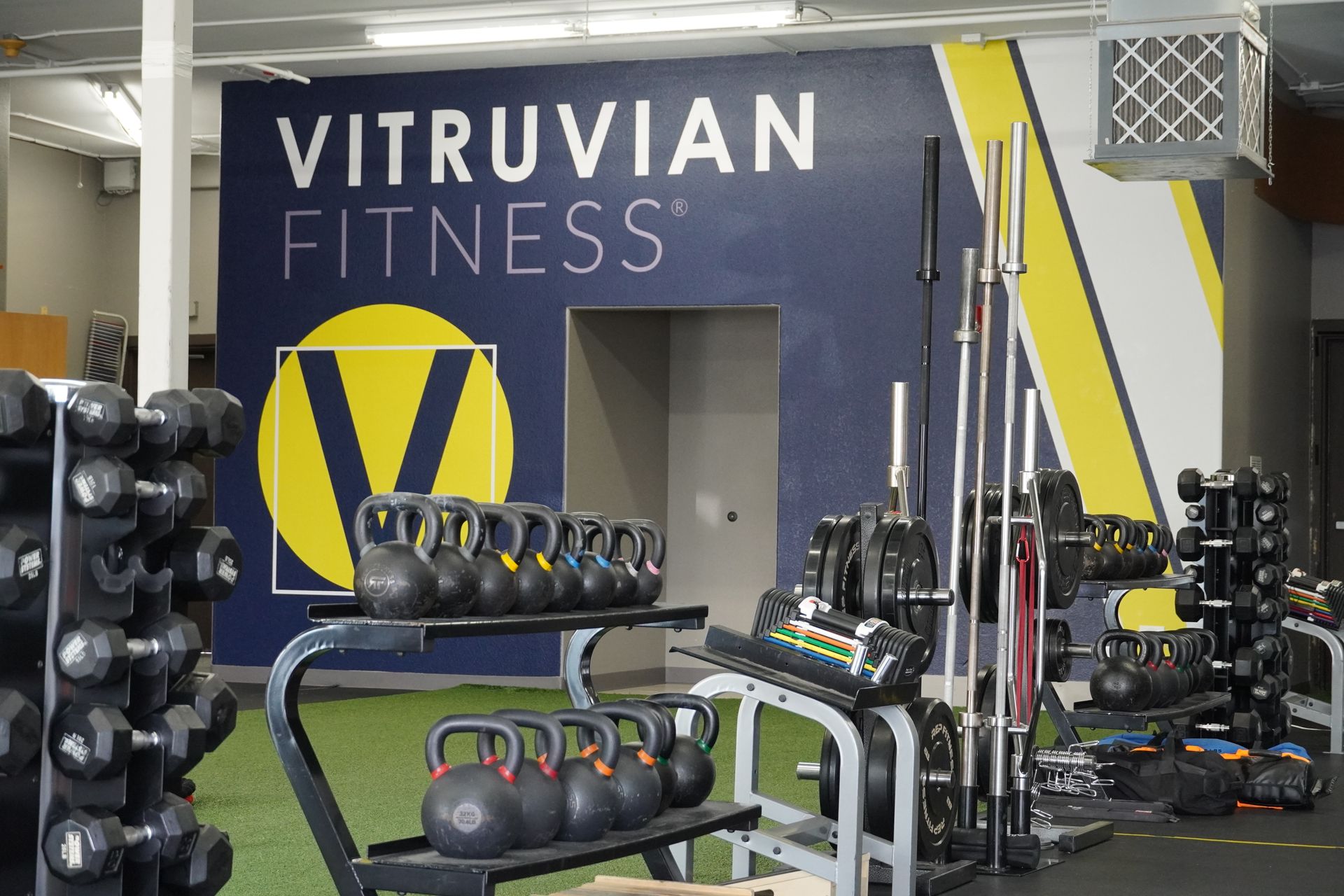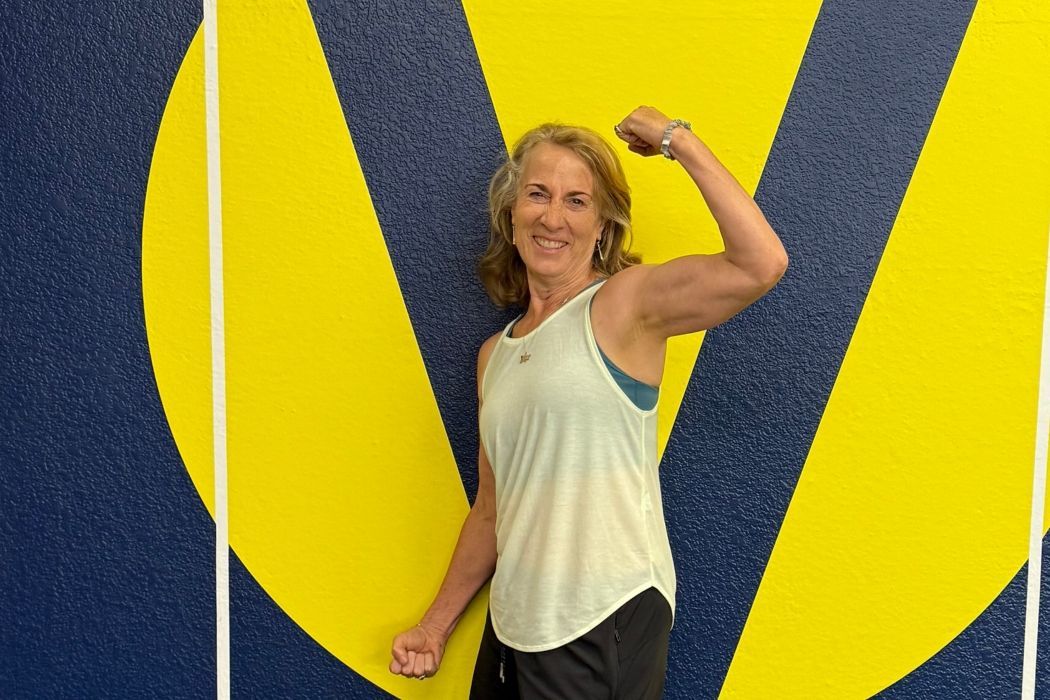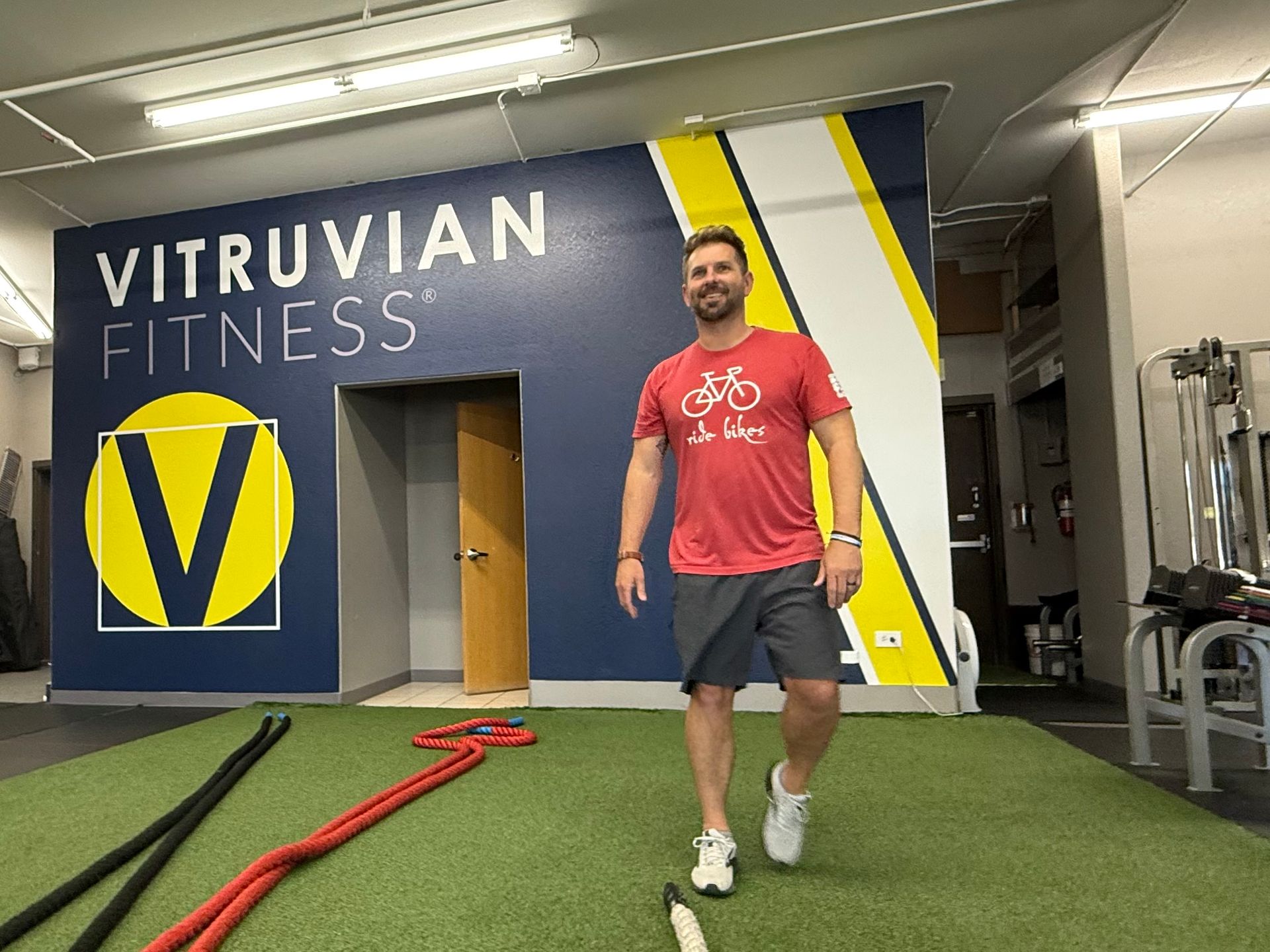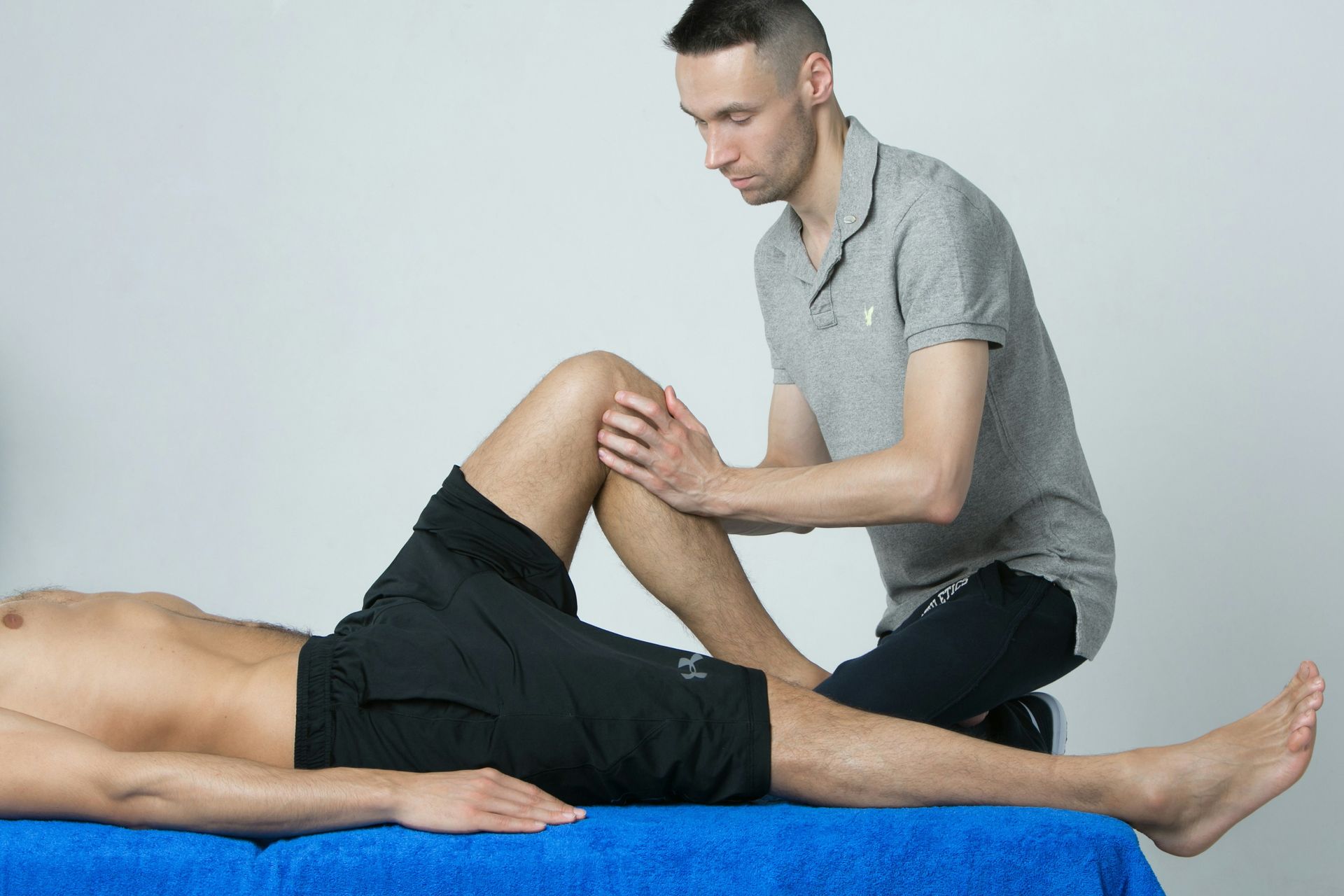Quinoa Cherry Nut Clusters
3/4 cup quinoa, rinsed and drained and cooked until almost done
1 1/2 cups old fashioned oats
1/2 cup raw shelled sunflower seeds
1/2 cup raw pistachios, chopped
1 cup dried cherries
1/4 cup birch sugar
1/2 tsp sea salt
1/4 cup honey
2 tbs canola or safflower oil (something neutral)
1 1/2 tsp vanilla
2 large eggs plus 1 large egg white, lightly beaten
Once quinoa is almost cooked, transfer to baking sheet and bake at 350 until golden brown 30-35 minutes. Transfer to large bowl and let cool. Spread oats evenly over baking sheet, bake, stirring occasionally until light brown, 15 minutes. Add oats to bowl of quinoa. Spread nuts on sheet, bake until toasted, 7 minutes, stirring occasionally. Add to quinoa mixture. Reduce oven temp to 300 degrees. Mix all ingredients together in quinoa mixture. Line baking sheet with parchment paper, lightly coat with cooking spray. Form into hamburger patties about 1/4 inch thick. Bake 25 minutes, flipping half way through. Let cool and eat
You might also enjoy these posts . . .
